Luca Rinaldi
IMT to Satellite Stochastic Interference Modeling and Coexistence Analysis of Upper 6 GHz Band Service
Sep 14, 2022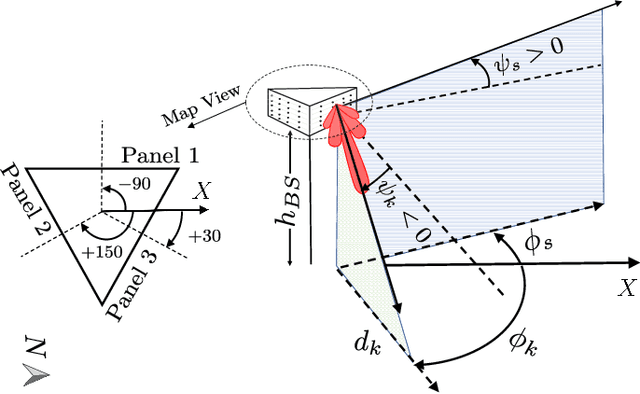

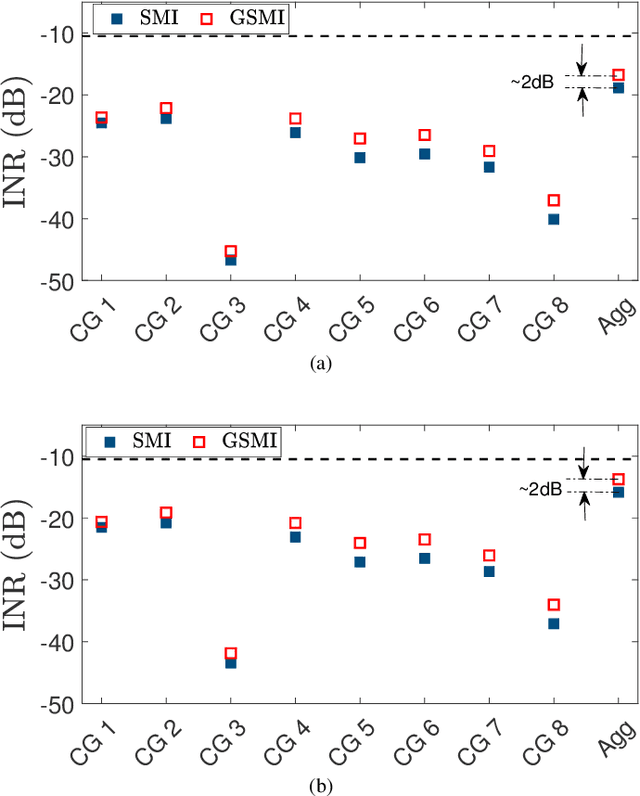
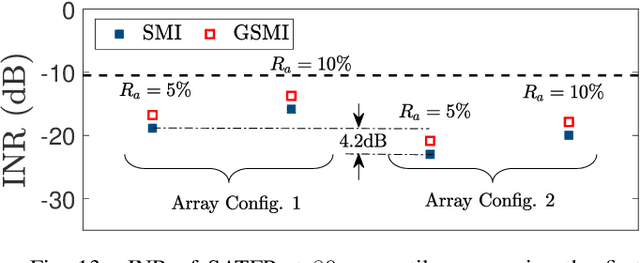
Abstract:The surging capacity demands of 5G networks and the limited coverage distance of high frequencies like millimeter wave (mmW) and sub-terahertz (THz) bands have led to consider the upper 6GHz (U6G) spectrum for radio access. However, due to the presence of the existing satellite (SAT) services in these bands, it is crucial to evaluate the impact of the interference of terrestrial U6G stations to SAT systems. A comprehensive study on the aggregated U6G-to-SAT interference is still missing in the literature. In this paper, we propose a stochastic model of interference (SMI) to evaluate the U6G-to-SAT interference, including the statistical characterization of array gain and clutter loss and considering different interference modes. Furthermore, we propose an approximate geometrical-based stochastic model of interference (GSMI) as an alternative method to SMI when the clutter-loss distribution is unavailable. Our results indicate that given the typical international mobile telecommunication (IMT) parameters, the aggregated interference power is well below the relevant protection criterion, and we prove numerically that the GSMI method overestimates the aggregated interference power with only 2dB compared to the SMI method.
Localizing the Vehicle's Antenna: an Open Problem in 6G Network Sensing
Apr 03, 2022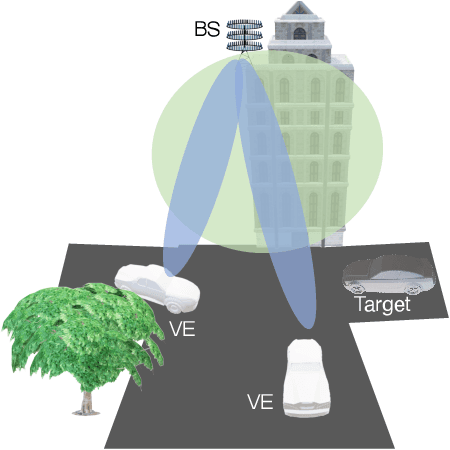
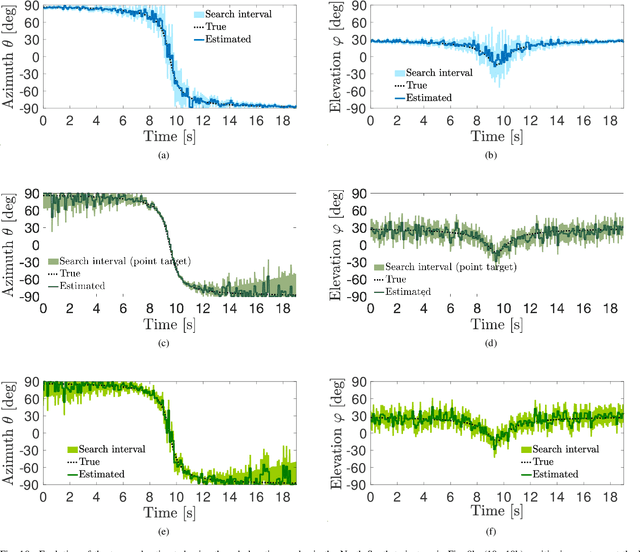
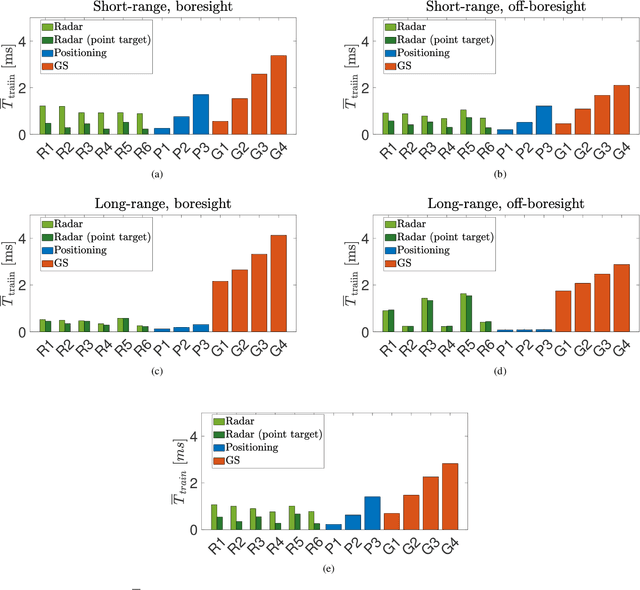

Abstract:Millimeter Waves (mmW) and sub-THz frequencies are the candidate bands for the upcoming Sixth Generation (6G) of communication systems. The use of collimated beams at mmW/sub-THz to compensate for the increased path and penetration loss arises the need for a seamless Beam Management (BM), especially for high mobility scenarios such as the Vehicle-to-Infrastructure (V2I) one. Recent research advances in Integrated Sensing and Communication (ISAC) indicate that equipping the network infrastructure, e.g., the Base Station (BS), with either a stand-alone radar or sensing capabilities using optimized waveforms, represents the killer technology to facilitate the BM. However, radio sensing should accurately localize the Vehicular Equipment (VE)'s antenna, which is not guaranteed in general. Differently, employing side information from VE's onboard positioning sensors might overcome this limitation at the price of an increased control signaling between VE and BS. This paper provides a pragmatic comparison between radar-assisted and position-assisted BM for mmW V2I systems in a typical urban scenario in terms of BM training time and beamforming gain loss due to a wrong BM decision. Simulation results, supported by experimental evidence, show that the point target approximation of a traveling VE does not hold in practical V2I scenarios with radar-equipped BS. Therefore, the true antenna position has a residual uncertainty that is independent of radar's resolution and implies 50\,\% more BM training time on average. Moreover, there is not a winning technology for BM between BS-mounted radar and VE's onboard positioning systems. They provide complementary performance, depending on position, although outperforming blind BM techniques compared to conventional blind methods. Thus, we propose to optimally combine radar and positioning information in a multi-technology integrated BM solution.
Dual Domain Waveform Design for Joint Communication and Sensing Systems
Nov 24, 2021



Abstract:The evolution of wireless communication systems towards millimeter-wave ($30-100$ GHz) and sub-THz ($>100$ GHz) frequency bands highlighted the need for accurate and fast beam management and a proactive link-blockage prediction in high-mobility scenarios. Joint Communication and Sensing (JC\&S) systems aim at equipping communication terminals with sensing capabilities using the same time/frequency/space communication resources to solve, or alleviate, the aforementioned issues. For an efficient implementation, a suitable waveform design that combines communication and sensing capabilities is of utmost importance. This paper proposes a novel dual-domain waveform design approach that superimposes onto the Frequency-Time (FT) domain both the legacy orthogonal frequency division multiplexing modulation scheme and a sensing signal, purposely designed in the Delay-Doppler (DD) domain. The power of the two signals is properly allocated in FT and DD domains, respectively, to reduce their mutual interference and optimize both communication and sensing tasks. Numerical results show the effectiveness of the proposed JC\&S waveform design approach, yielding target communication and sensing performance with a full time-frequency resource sharing.
 Add to Chrome
Add to Chrome Add to Firefox
Add to Firefox Add to Edge
Add to Edge